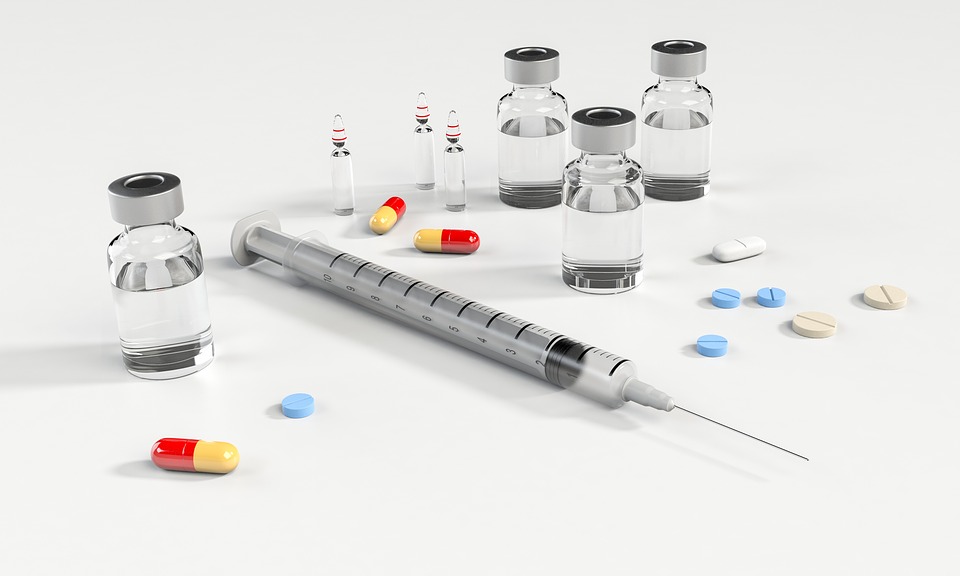
Diabetes affects nearly 1 in 10 adults in the U.S., of these millions, more than 90% have Type 2 diabetes. Controlling blood sugar and glycosylated hemoglobin levels ? or HbA1c, which is sometimes referred to as A1C ? is key to diabetes management and necessary to prevent its immediate and long-term complications. However, new Mayo Clinic research shows that diabetes management may be dangerously misaligned.
The new study, which will be published Feb. 19 in BMJ Open Diabetes Research & Care, shows paradoxical trends in overtreatment and undertreatment of patients with Type 2 diabetes.
An A1C of less than 7% is the target for most people, according to the American Diabetes Association. Sometimes Type 2 diabetes can be managed by diet and exercise. Most often, people also need medications or insulin to keep their blood sugar at a healthy level.
However, there is a fine line between enough treatment to prevent the complications caused by high blood sugars and too much treatment that could cause blood sugar levels to fall dangerously low ? a condition known as hypoglycemia. Ideally each patient would have individualized treatment goals and regimens, says Rozalina McCoy, M.D., a primary care physician and endocrinologist at Mayo Clinic, and the study’s lead author.
“Patients who are older or who have serious health conditions are at high risk for experiencing hypoglycemia, which, for them, is likely to be much more dangerous than a slightly elevated blood sugar level,” she says. “At the same time, the benefits of intensive treatment usually take many years, even decades, to realize. So many patients may be treated intensively and risk hypoglycemia for no real benefit to them.”
The opposite is true for younger, healthier people with diabetes, she explains. These people are less likely to experience severe hypoglycemia and are most likely to achieve meaningful long-term improvements in health with intensive diabetes therapy.
“These patients should be treated more aggressively, meaning that we should not shy away from using insulin or multiple medications to lower the A1C,” says Dr. McCoy. “We need to ensure that all our patients with diabetes receive high-quality care and are able to manage their disease to prevent complications both now and in the future.”
In their study, Dr. McCoy and colleagues found that people with diabetes across the U.S. often receive treatment that is too aggressive or not aggressive enough.
“What makes it even worse is that patients who are treated intensively are those who are most likely to be harmed by it,” says Dr. McCoy. “But at the same time, patients who would benefit from more intensive treatment are not receiving the basic care that they need. The paradox and misalignment of treatment intensity with patients’ needs is really striking.”
Numbers don’t lie
The researchers used patient information from the OptumLabs Data Warehouse to conduct this study. The OptumLabs Data Warehouse is a longitudinal, real-world data asset with de-identified administrative claims and electronic health record data.
They examined the records of 194,157 patients with Type 2 diabetes, looking at A1C levels and the use of insulin and/or a sulfonylurea, a type of diabetes medication that stimulates insulin production, across multiple age groups and levels of clinical complexity. The team specifically focused on the 16 comorbidities specified by both American Diabetes Association and Department of Veterans Affairs guidelines as warranting relaxation of A1C targets, and cautious use of insulin and sulfonylureas.
The research team found that the highest A1C levels — with a mean of 7.7% — were among people ages 18-44 and the lowest levels — with a mean of 6.9% — were among those 75 years and older. Also, patients who had no comorbidities had the highest A1C — with a mean of 7.4% — while those with advanced comorbidities, including dementia, cancer or end-stage kidney disease, maintained the lowest A1C levels — with a mean of 7%.
This antithetical relationship of overtreatment among those least likely to benefit and undertreatment where stricter control would have been life-extending was apparent when the authors examined the proportion of patients who achieved very low or very high A1C levels while treated with insulin.
“Patients least likely to benefit from intensive glycemic control and most likely to experience hypoglycemia with insulin therapy were most likely to achieve low HbA1c levels and to be treated with insulin to achieve them,” reports the paper.
According to the study, “These HbA1c levels reflect HbA1c levels achieved by the patient, not necessarily HbA1c levels pursued by the clinician.”
There are many possible reasons for these findings, and Dr. McCoy hopes that future research will shed light on the causes for this risk-treatment paradox and ways to reverse it.
The lesson in all of this
“Most importantly, clinicians should continue to engage their patients in shared and informed decision-making, weighing the risks and benefits of glucose-lowering treatment regimens in the specific context of each patient, carefully considering the patient’s comorbidity burden, age, and goals and preferences for care,” concludes the paper.
Dr. McCoy stresses the importance of recognizing and addressing “therapeutic inertia” — failure to recognize an appropriate time to modify treatment — in diabetes management.
“We have a great opportunity to simplify and de-intensify the treatment regimens of our more elderly patients, which would reduce their risk of hypoglycemia and treatment burden without spilling over into hyperglycemia,” Dr. McCoy says. “At the same time, we need to better engage younger, healthier patients, work with them to identify barriers to diabetes management, and support them to improve their glycemic control.”
“As clinicians, we need to be current on the guidelines and the evidence, know our patients, and work closely with them to do what is right for them,” says Dr. McCoy.